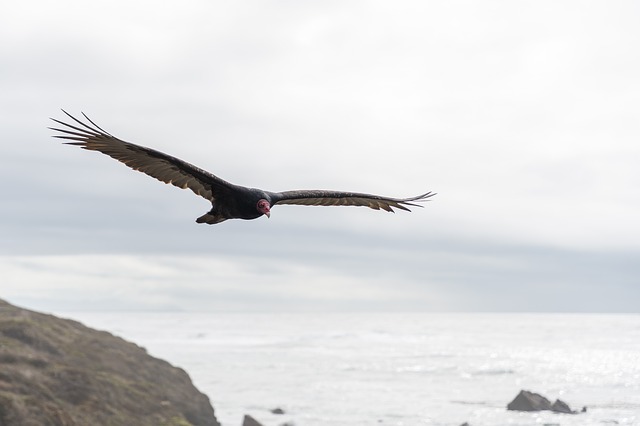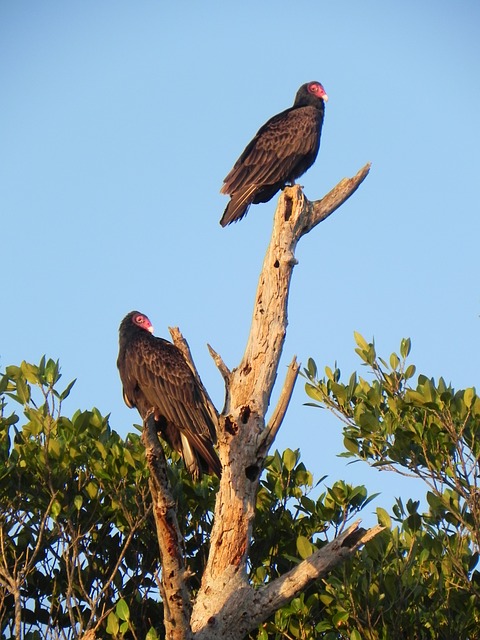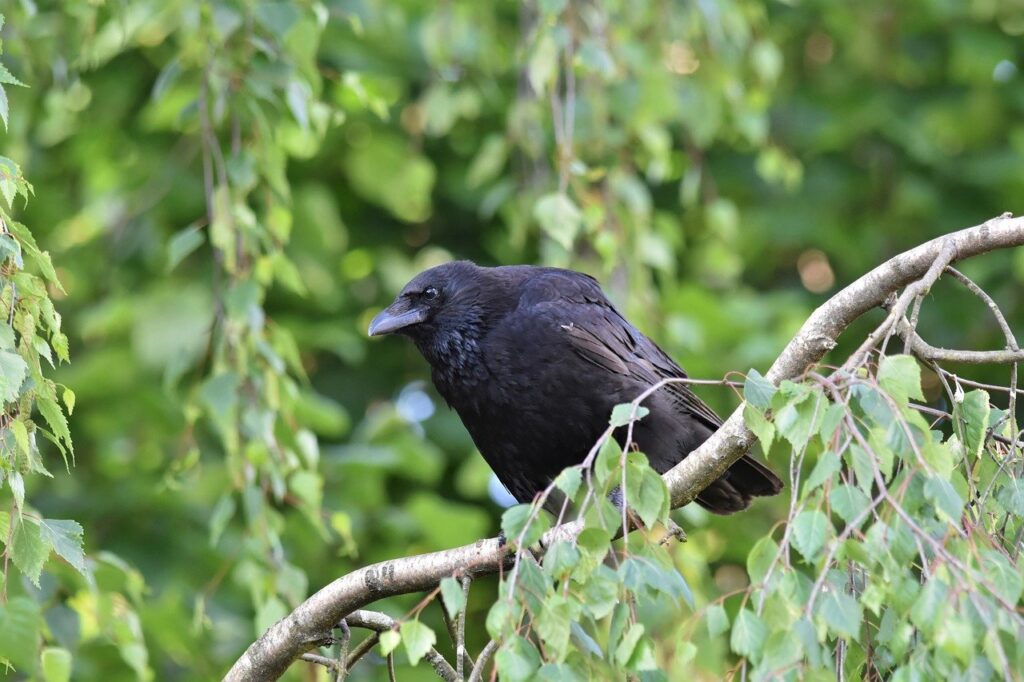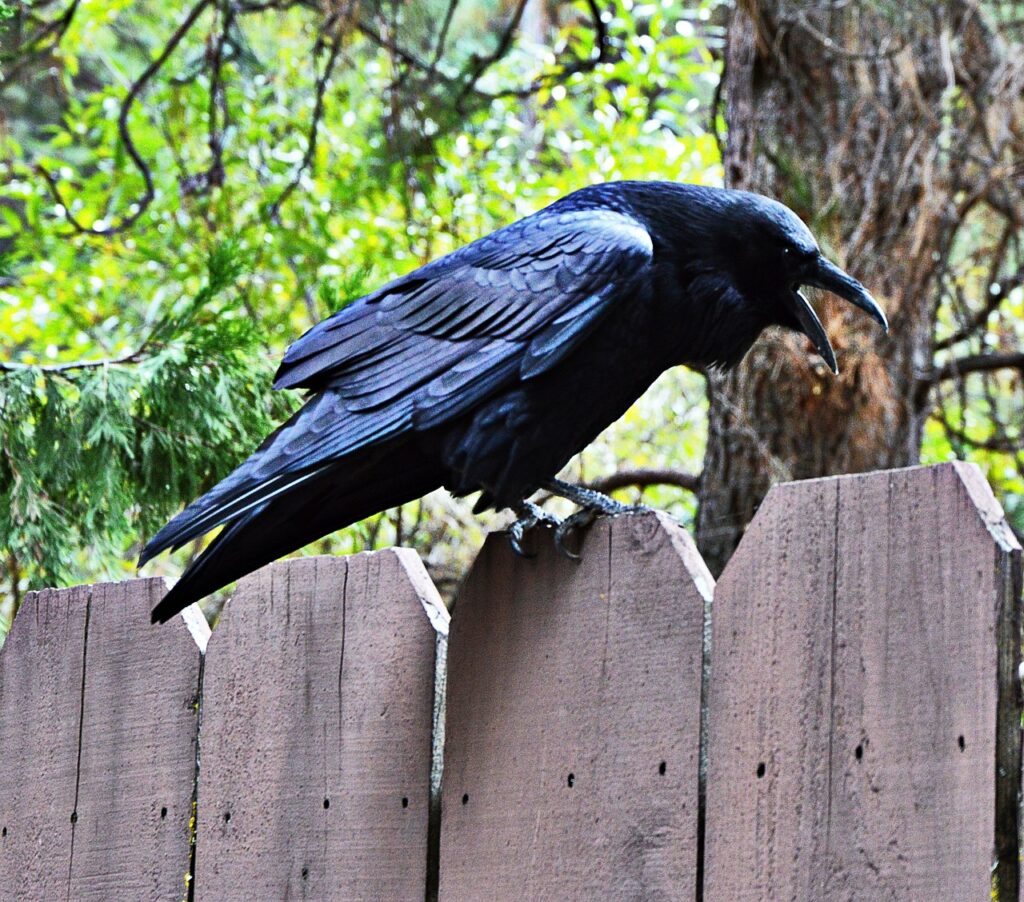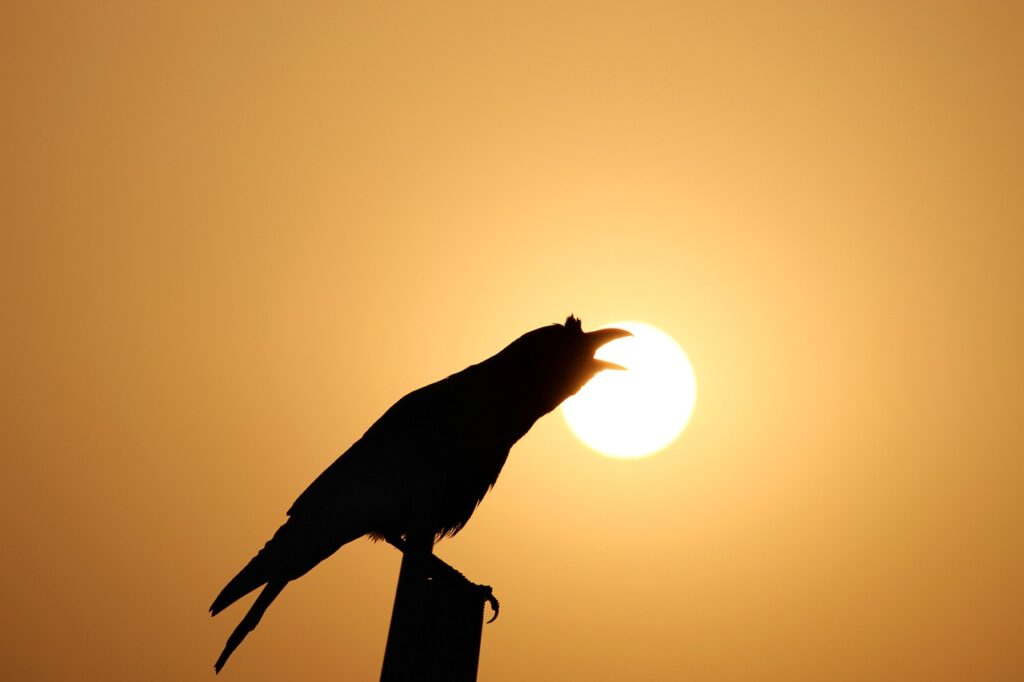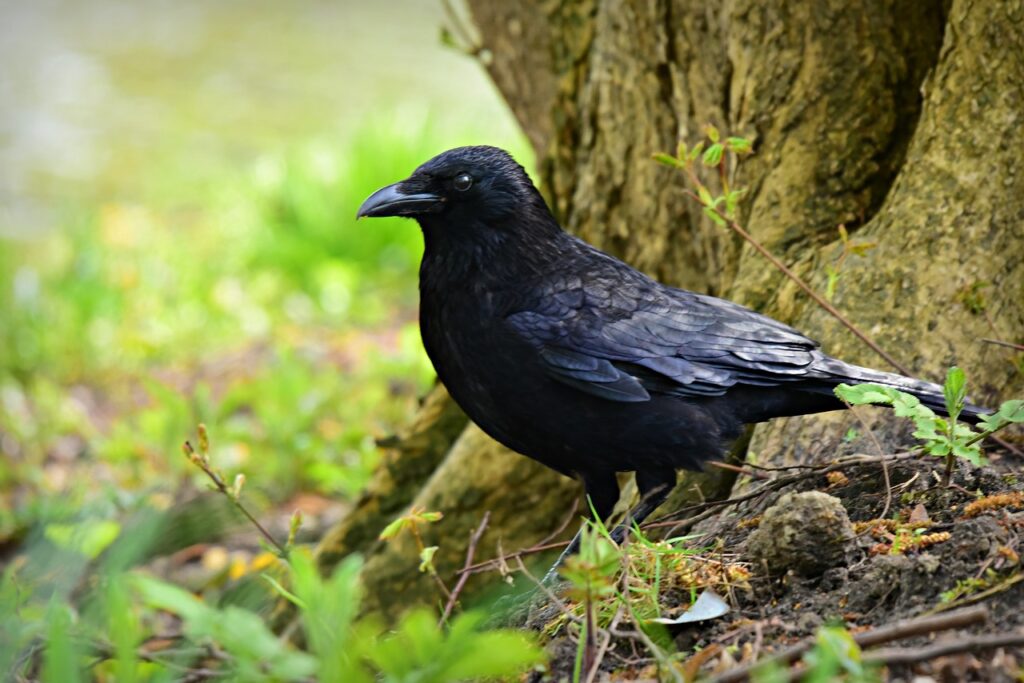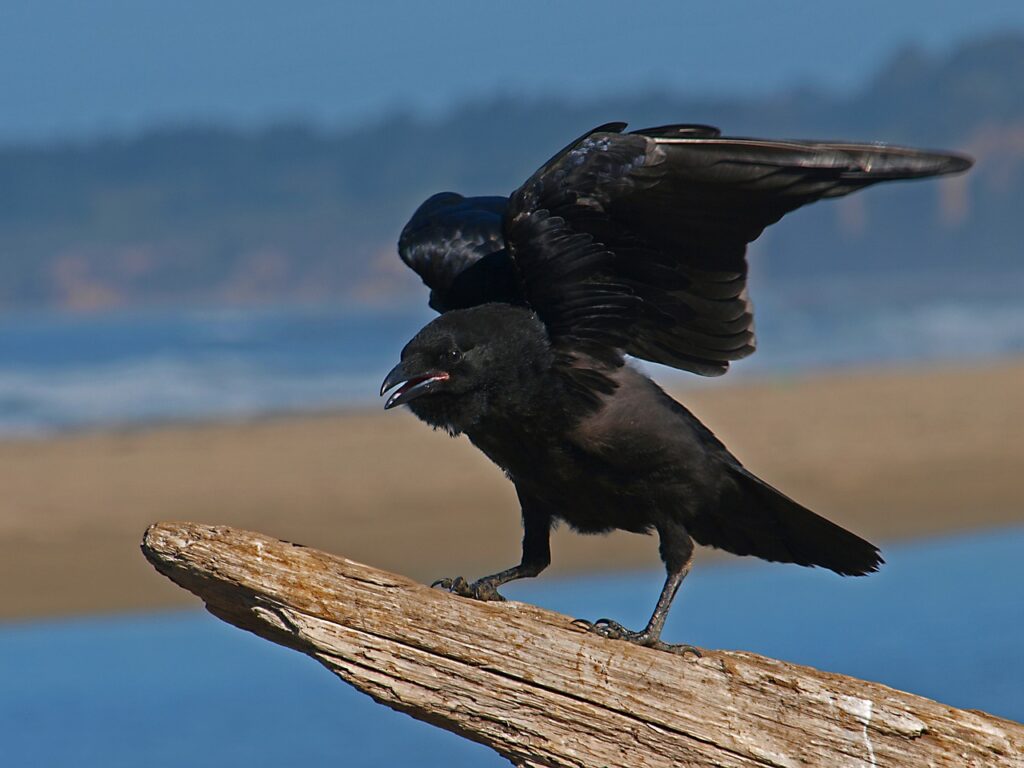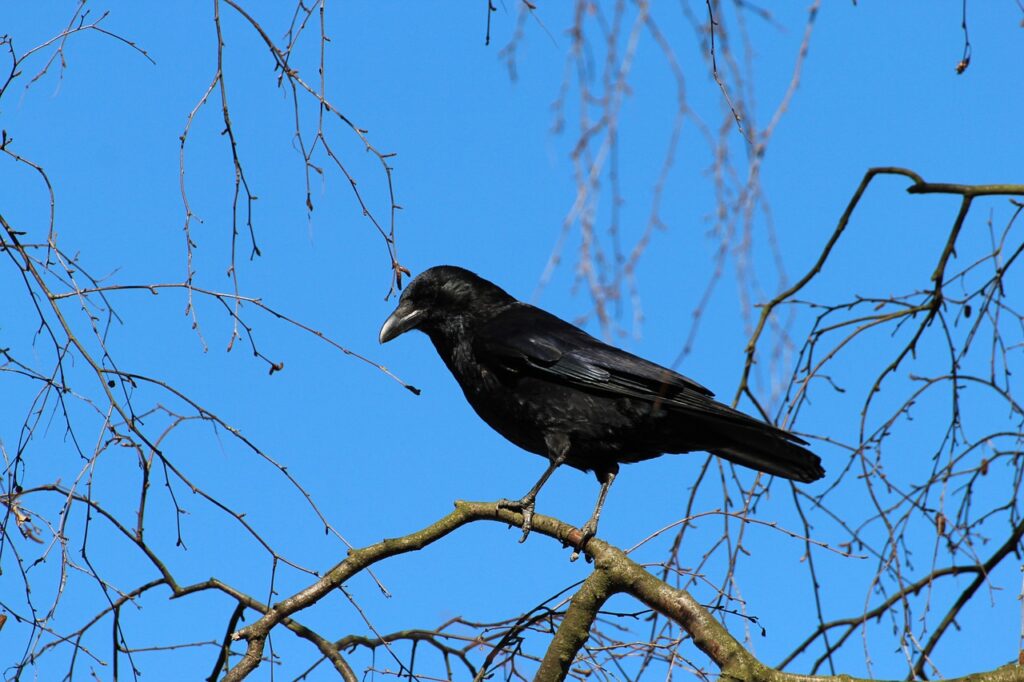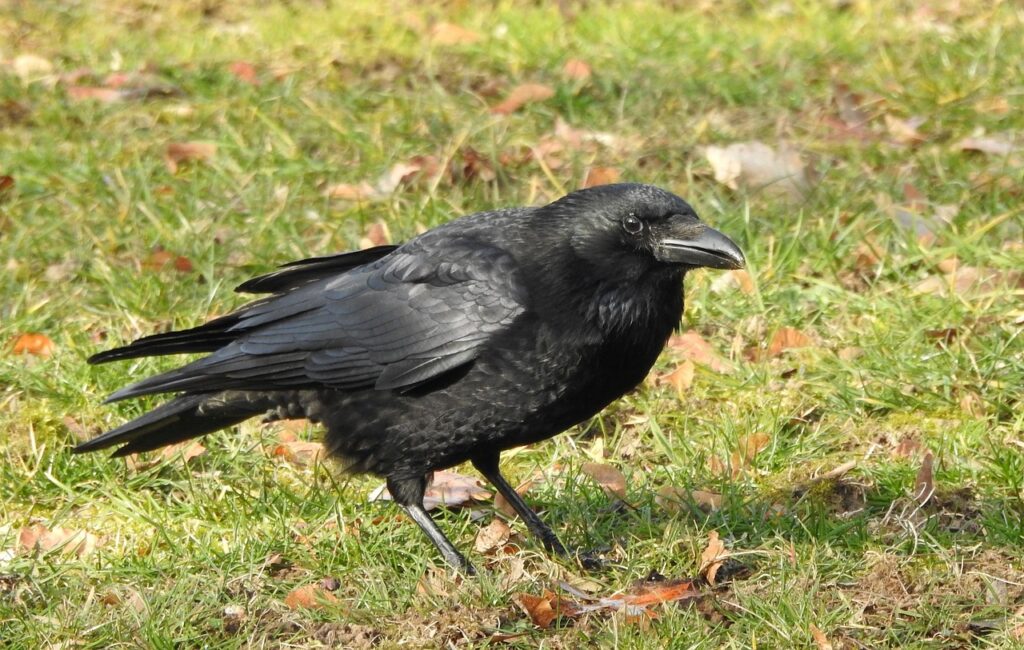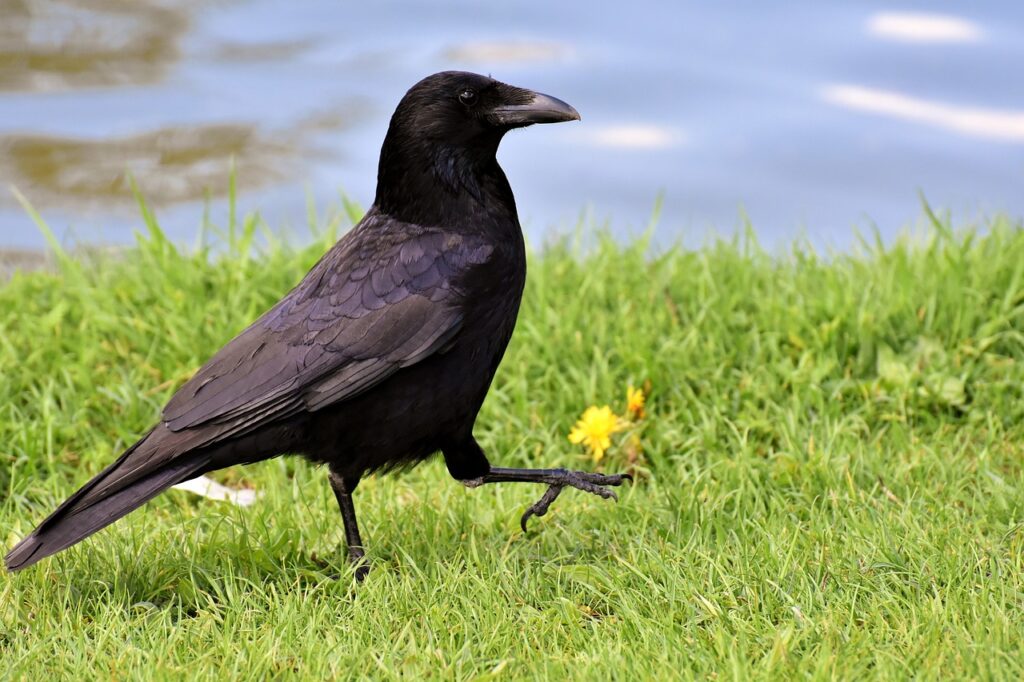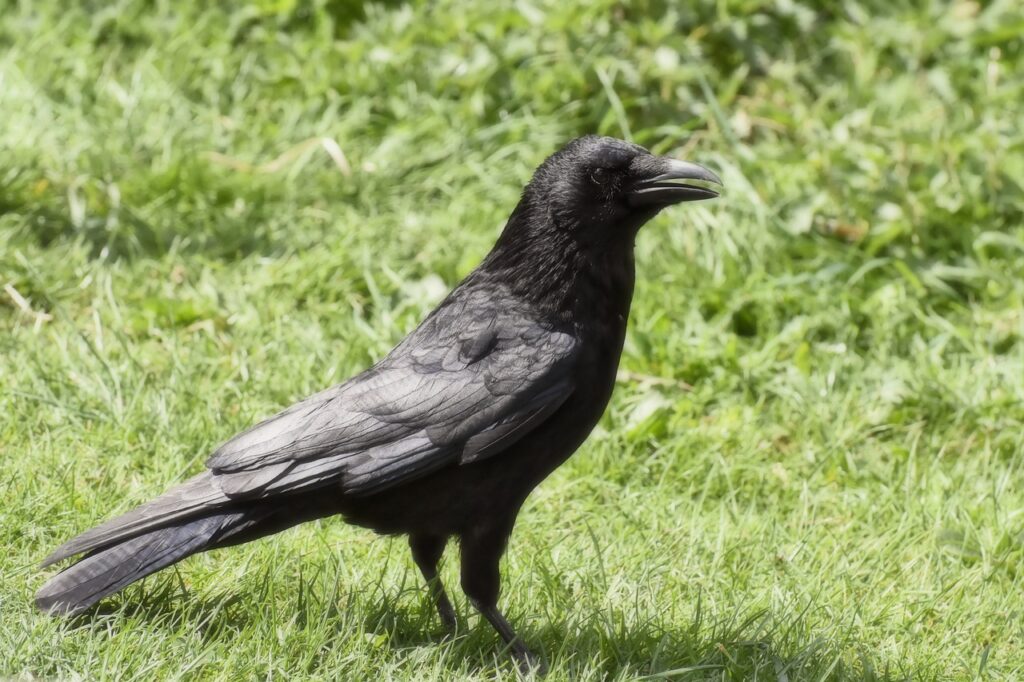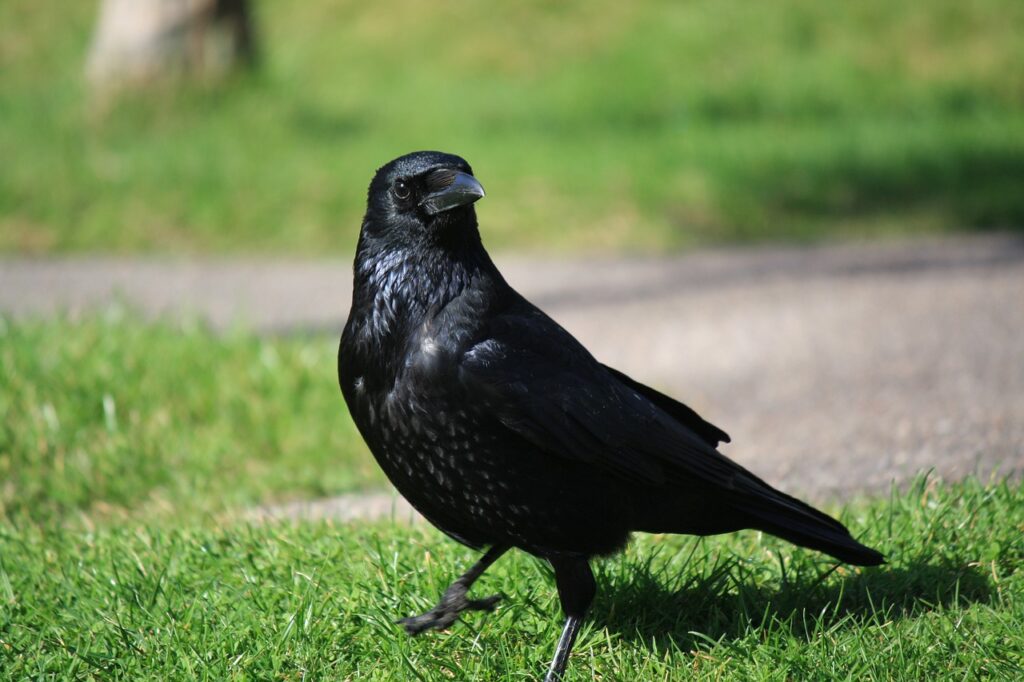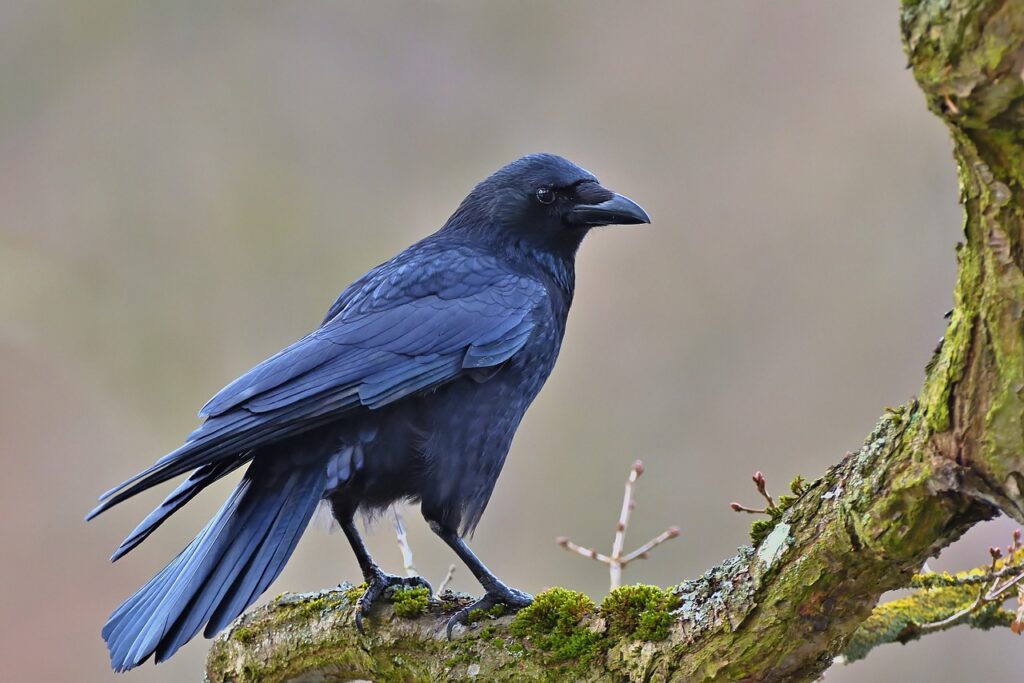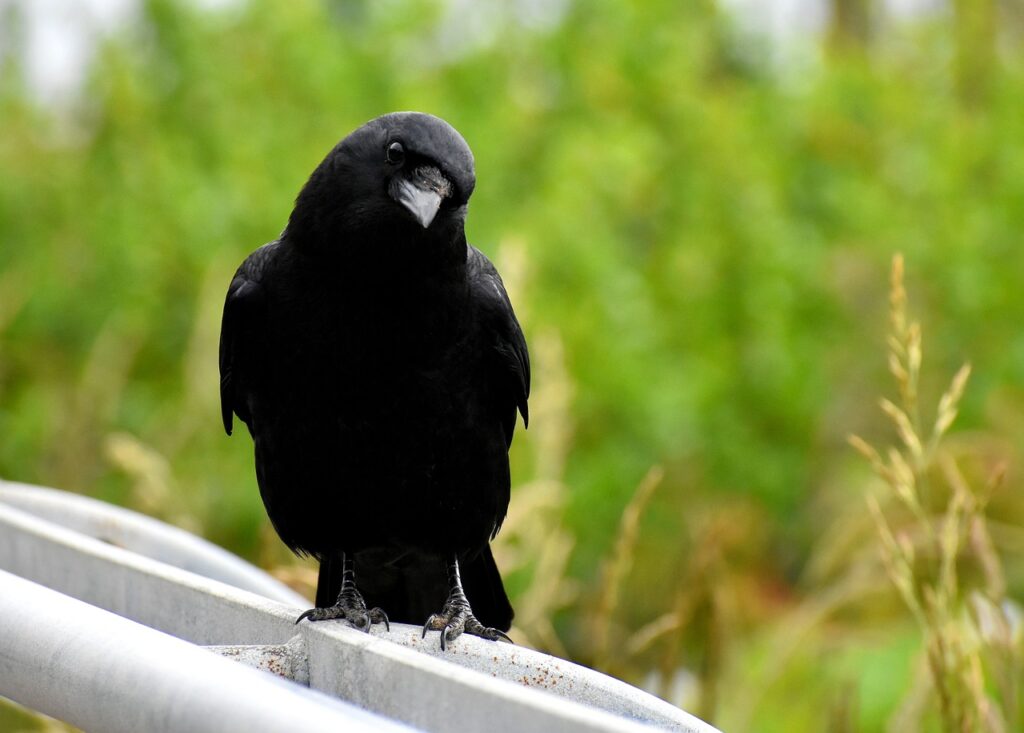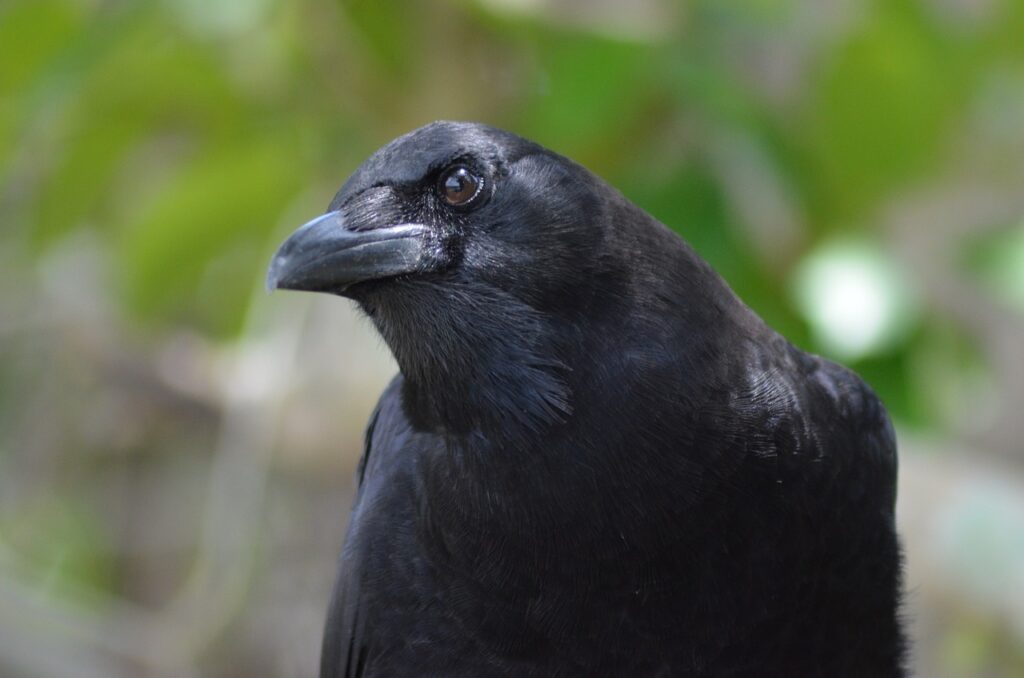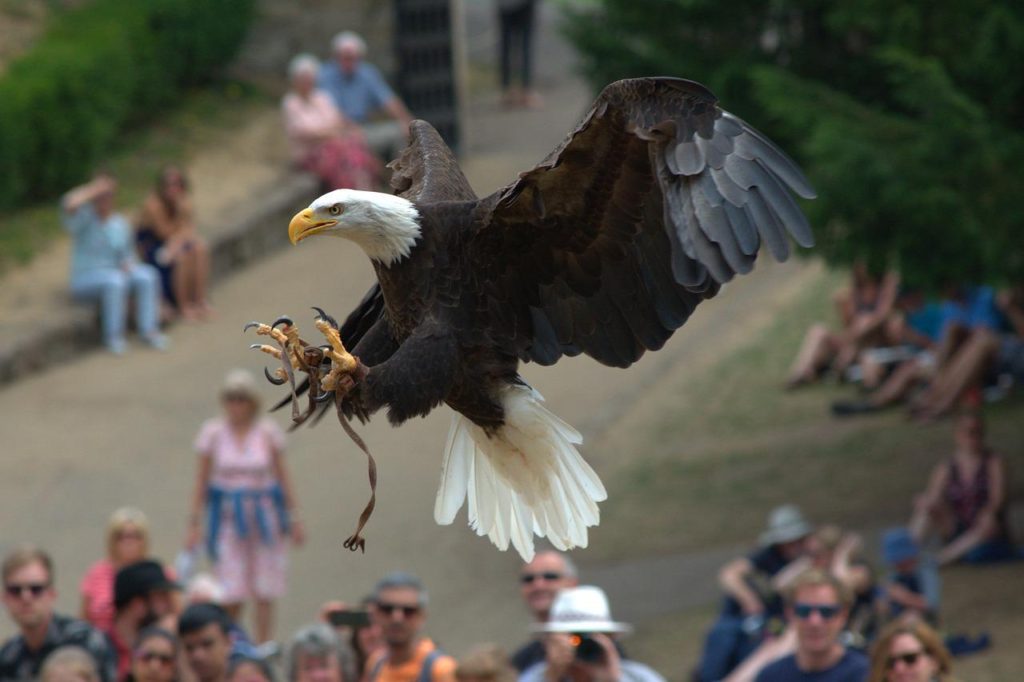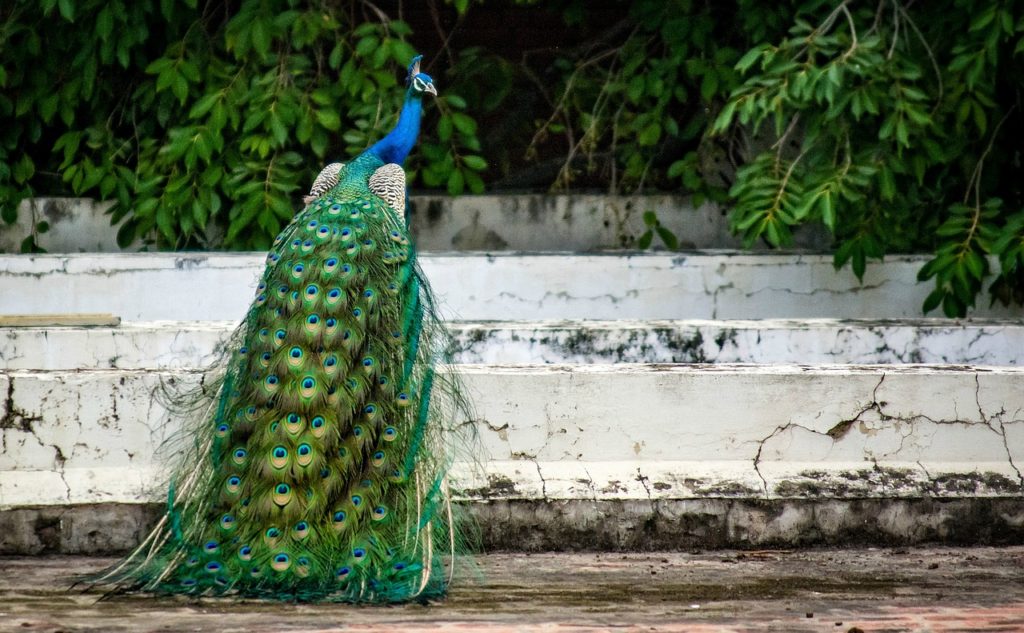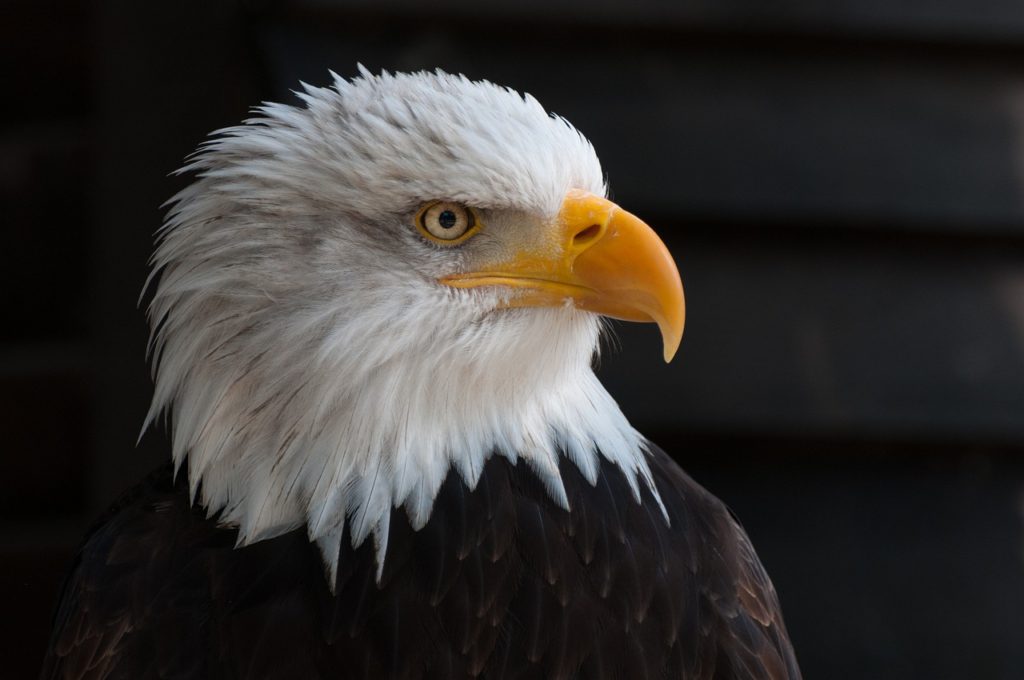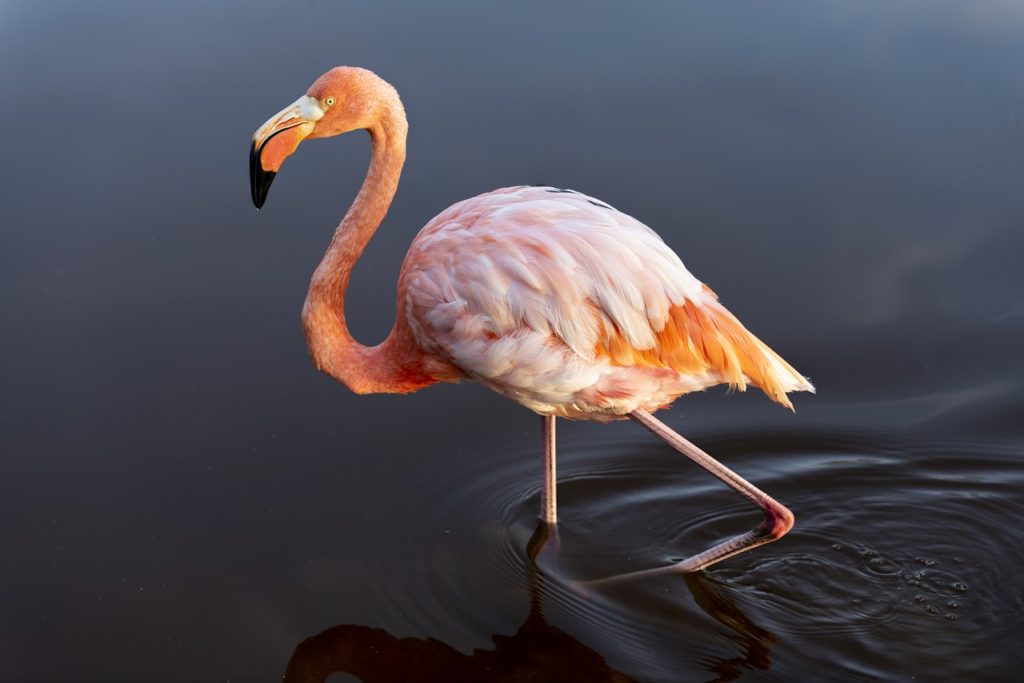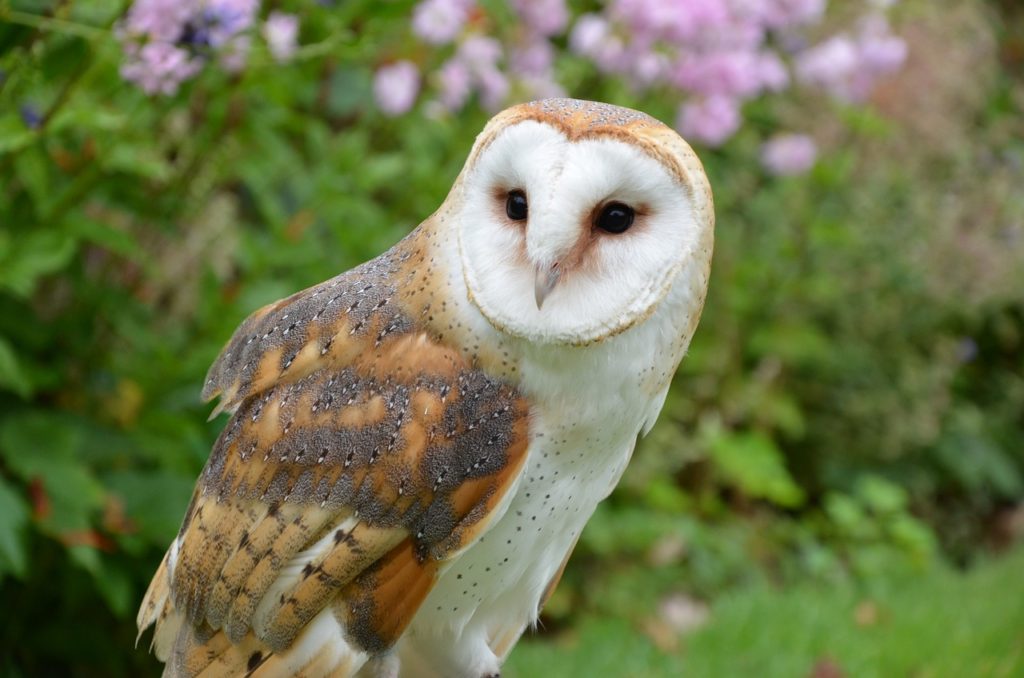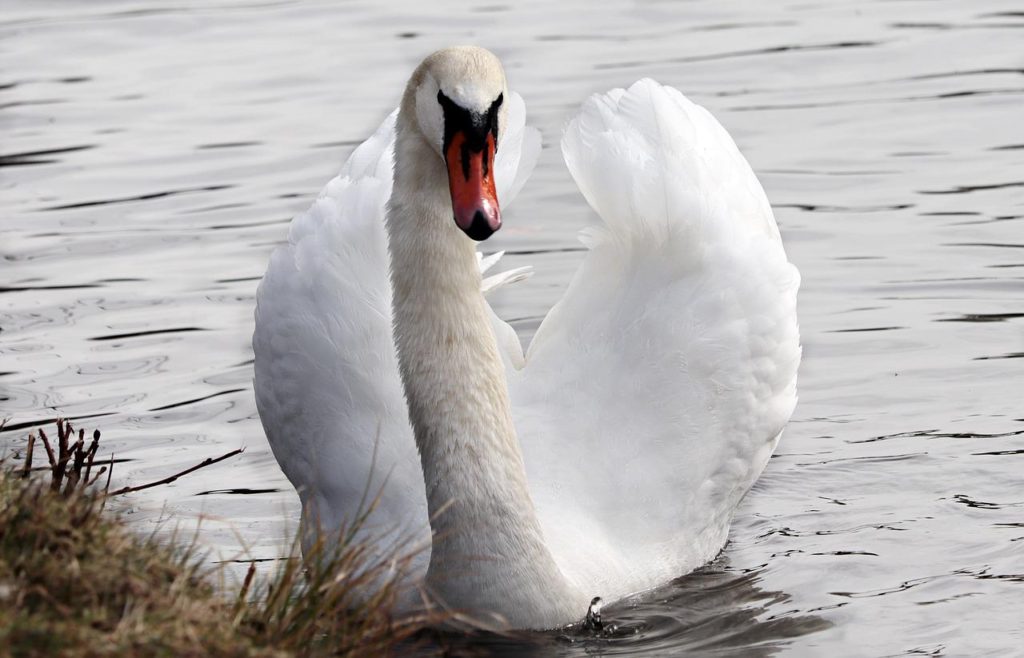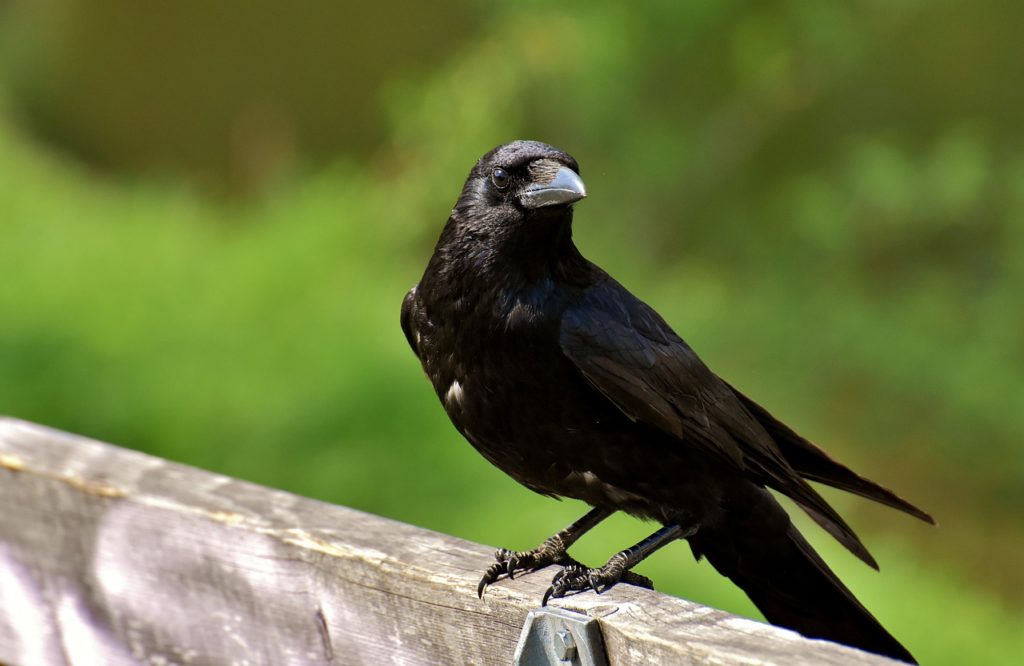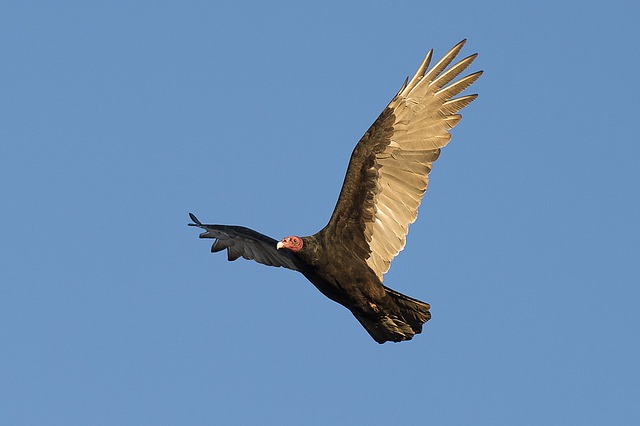
The turkey vulture, also known as the turkey buzzard, is a bird of prey with a unique red head. There are many interesting things you’ll want to know about this commonly seen vulture species. So here are the most amazing turkey vulture facts.
The Turkey Vulture Has An Exceptional Sense Of Smell
While many vulture species strictly use their vision to locate food, the turkey vulture relies mainly on its sense of smell. Its olfactory system is the largest of any bird. The turkey vulture relies on its keen sense of smell to help it detect the gas produced by decaying animals which helps to lead it to its next meal. This species also has excellent vision as well.
Turkey Vultures Are Surprisingly Light In Weight
One of the most surprising facts about turkey vultures is just how little they weigh compared to their size. Despite typically having a wingspan of six feet and standing around two and a half feet tall, turkey vultures usually only weigh about four pounds at most. Their wide wingspan and light body allow them to save energy as they soar on thermal currents, rarely needing to flap their wings.
They’re Bald For An Important Reason
Similar to most other vulture species the turkey vulture has a bald head. Having a head with no feathers is important for a bird that feeds on rotting animals. It helps to prevent the carrion along with bacteria and parasites from sticking to it. Scientists also believe it may help to keep them cool.
The Turkey Vulture Is A New World Vulture
The turkey vulture is a member of the New World vultures. This group also includes species such as the black vulture, California condor, and king vulture along with several others. New World vultures are only found in the western hemisphere, have a good sense of smell, and are predominantly black or brown in color.
The Turkey Vulture Is A Scavenger
The turkey vulture diet consists mainly of the decaying flesh of dead animals (carrion), although it does prefer its food to be fresh, having died recently. In fact, they may not eat carcasses that are very rotten. On occasion, they do eat live prey such as invertebrates and small animals.
The Turkey Vulture Head Is Similar To That Of A Turkey
One of turkey vulture fun facts many people want to know about is how this species got its name. And the answer is from the look of its head and plumage. Its bald red head and dark plumage resemble that of a turkey. While adults have a read head, the head of juvenile turkey vultures is gray.
It’s The Most Widespread Vulture Species In The Americas
The turkey vulture has the widest range of any vulture in the New World. Its range extends all the way from southern Canada to the southernmost part of South America.
There Are Five Sub-species Of Turkey Vulture
The 5 sub-species include the Chilean turkey vulture, the Eastern turkey vulture, the Western turkey vulture, and the tropical turkey vulture. A sixth sub-species, C.a.falklandicus, is sometimes included as well. The different subspecies can be distinguished from each other by the intensity of the coloring on their heads.
They Stomp When They’re Nervous
When turkey vultures are in a situation that makes them feel uncomfortable they sometimes stomp one of their feet. For instance, if disturbed in their roost during the nighttime they may stomp on a branch. When landing near an animal that they thought was dead but turns out to still be alive they may stomp on the ground.
Turkey Vultures Are Very Private Birds
One of the lesser-known turkey vulture facts is that these birds are quite private. While many people have seen a turkey vulture in flight from a distance, they are actually very careful not to be seen up close. This makes it difficult to observe their habits. Much of what we know about them comes from observing birds in captivity.
Start Shopping for Birding Supplies!
Crow Symbolism: Everything You Need To Know
Ever wondered why the crow has captured the imagination of so many cultures throughout history? Let's embark on a fascinating journey through the world of crow symbolism, unraveling its mysteries and discovering its significance across various cultures, religions, and...
Creepy Facts About Crows
Crows are highly intelligent birds that have thrived alongside us humans. However, while they are fascinating creatures, at the same time, there are many things about them that many people find quite unsettling. That being said here as some of the most creepy facts...
Why Are Crows So Loud?
As anyone who has heard their loud "caws," can tell you, crows are very noisy birds. In fact, they are considered one of the loudest of all bird species. But why are crows so loud? Read on to find out. The Importance Of Vocalizations Crows use vocalizations to pass on...
Do Crows Remember Faces?
Crows are known for their intelligence. But do crows remember faces? You bet they do! Here's what you'll want to know. Crow Intelligence Crows are brilliant birds. In fact, their level of intelligence is often compared to that of primates. They are so smart that they...
Why Are Crows Black?
American crows are birds with all-black plumage. But why are crows black? Well, there are several reasons. Read on to find out. Bird Color Basics Birds are some of the most colorful creatures on the planet. And they come in an amazing range of colors from white to...
Are All Crows Black?
When it comes to crows, most people are familiar with the image of a sleek-looking solid black bird. But are all crows black? No, they aren't. Here's what you'll want to know. The American Crow Is Not All Crows The American crow is found throughout most of North...
How Long Do Crows Live?
How long do crows live? That's one of the many questions people ask about these familiar all-black birds. Here's what you'll want to know about the lifespan of crows and what affects it. How Long Do Crows Live In The Wild? In the wild American crows have a lifespan of...
Enemies Of Crows
Crows are a common sight in many parts of the world. However, most of us don't realize that these distinctive jet-black birds face a range of threats even when they are in our own backyards. The following are the main enemies of crows. Natural Predators of Crows One...
Predators of Crows
In many places, crows are such a common sight that it can be easy to forget that they actually have many predators. And being "on the menu," for a range of other animals is actually why these birds are so wary. That being said, here is everything you'll want to know...
Are Crows Territorial?
Are crows territorial? The answer is yes. However, just how territorial they are can depend on several factors. Here’s what you’ll need to know. Territoriality In Birds Territoriality is the behavioral trait of defending and maintaining a specific area territory...
What Eats Crows?
Crows are large and highly intelligent birds that eat a wide variety of foods including many other animals. So, what eats crows? Here are the most common crow predators and what you’ll want to know about them. Birds Of Prey The birds of prey are a group of predatory...
Are Crows Friendly?
Crows are commonly seen, and heard, in close proximity to us in our towns and cities. But are crows friendly? The answer may surprise you. Crows Are Highly Social Birds Crows are social birds that live in family groups. And they are well known for forming close bonds...
Do Crows Mate For Life?
Do crows mate for life? Yes, they do. And this behavior is highly advantageous to them. Here's what you'll want to know. How Do Crows Attract A Mate? Crows are social birds; most of the year, they live in small family groups. During the breeding season, however,...
Birds With Talons
All birds have claws. However, only a few types have the scary-looking and dagger-sharp claws called, “talons”. So here are the birds with talons and what you’ll want to know about each of them. What Are Talons? Talons are the claws of a group of predatory birds known...
Birds With Tails
Just like birds themselves, birds’ tails come in a wide range of shapes and sizes. And some tails of course are more interesting and remarkable than others. The following are birds with tails that never fail to impress! Long-Tailed Tit The long-tailed tit, also known...
Birds With White Heads
There's no doubt about it, birds with white heads really stand out. From small to large they are quite a unique bunch. So here are some of the most fascinating white-headed birds and what you'll want to know about them White-Headed Vulture The white-headed vulture is...
Birds That Look Like Flamingos
Flamingos are wading birds with long necks and legs. These social birds live in groups and have strongly hooked downward-facing beaks which they use to feed on shrimp and other small water creatures. And they are famous for their stunning pink color. With such a...
How To Attract Owls To Your Yard
Owls are nocturnal birds of prey that can be extremely helpful when it comes to controlling rodent populations in a natural way. That is of course if you can attract them to your property by creating an owl-friendly habitat. So keep reading to find out how to attract...
Why Would A Swan Be Alone?
It's widely known that swans are incredibly social and romantic creatures, so it can be disconcerting when you encounter a solitary swan. However, there are several reasons why this might be. So why would a swan be alone? Here's what you'll want to know. But first,...
How To Attract Crows To Your Yard
Crows aren’t always pests as many people believe. In fact, these super smart birds can actually help to rid your property of many common backyard and garden pests themselves. So here’s your step-by-step guide on how to attract crows to your yard! Step 1. Create A...
